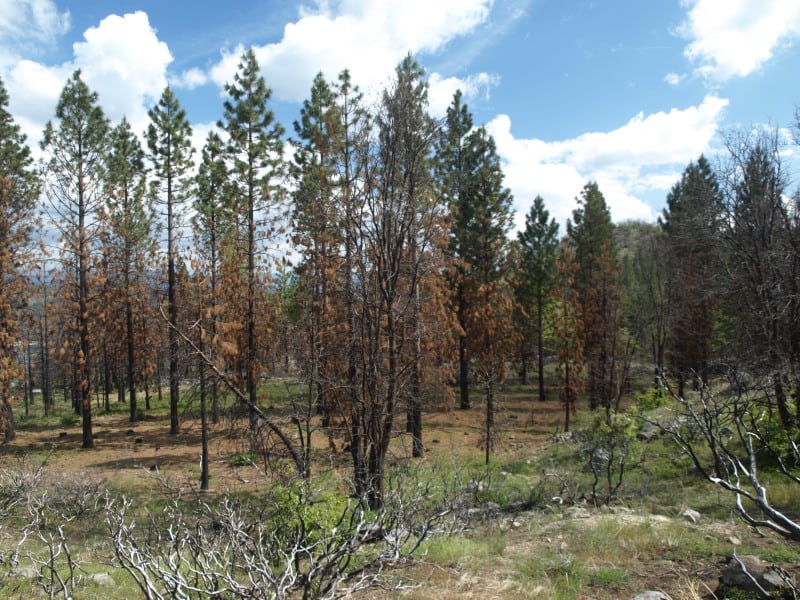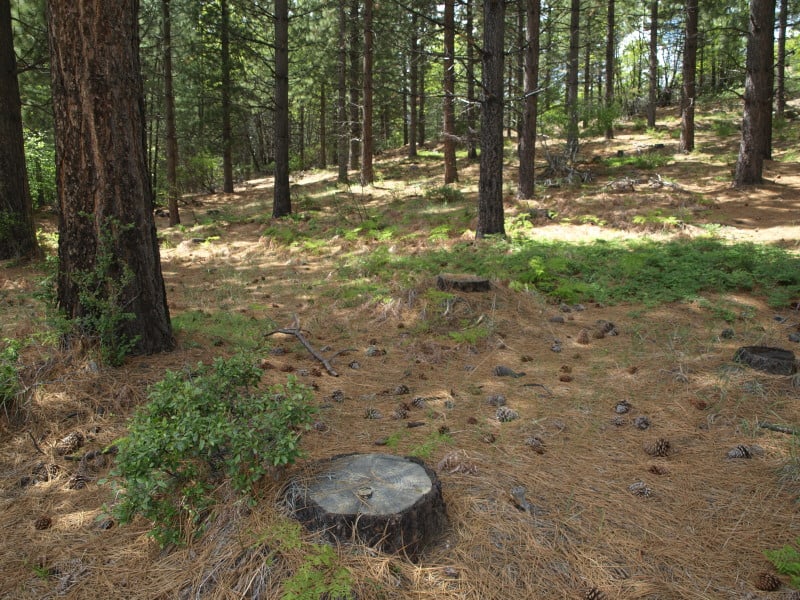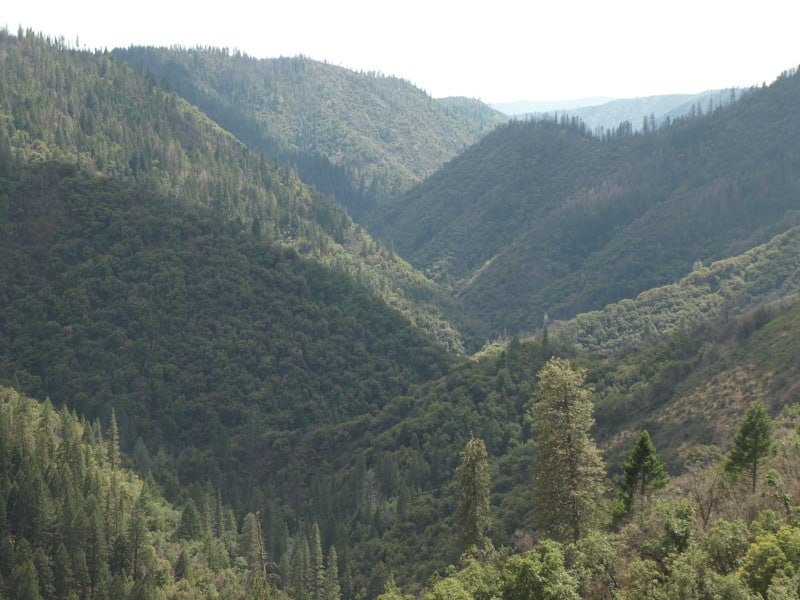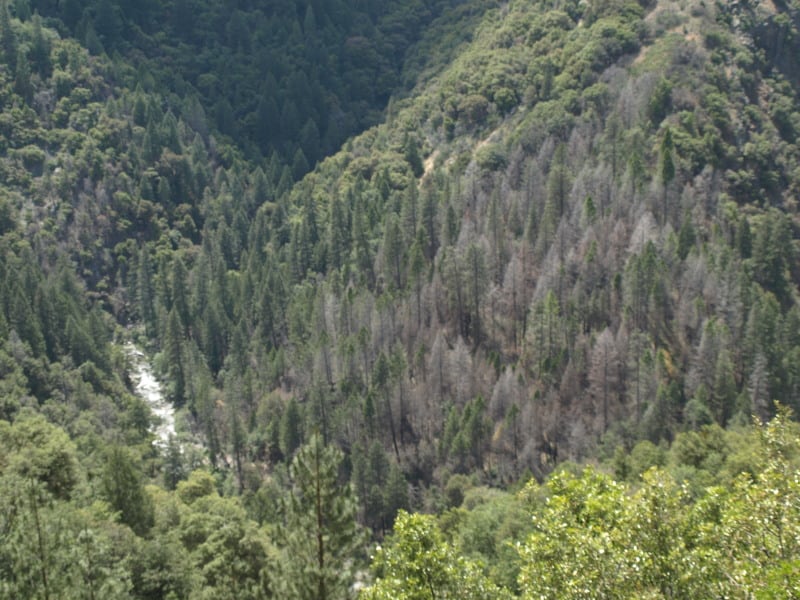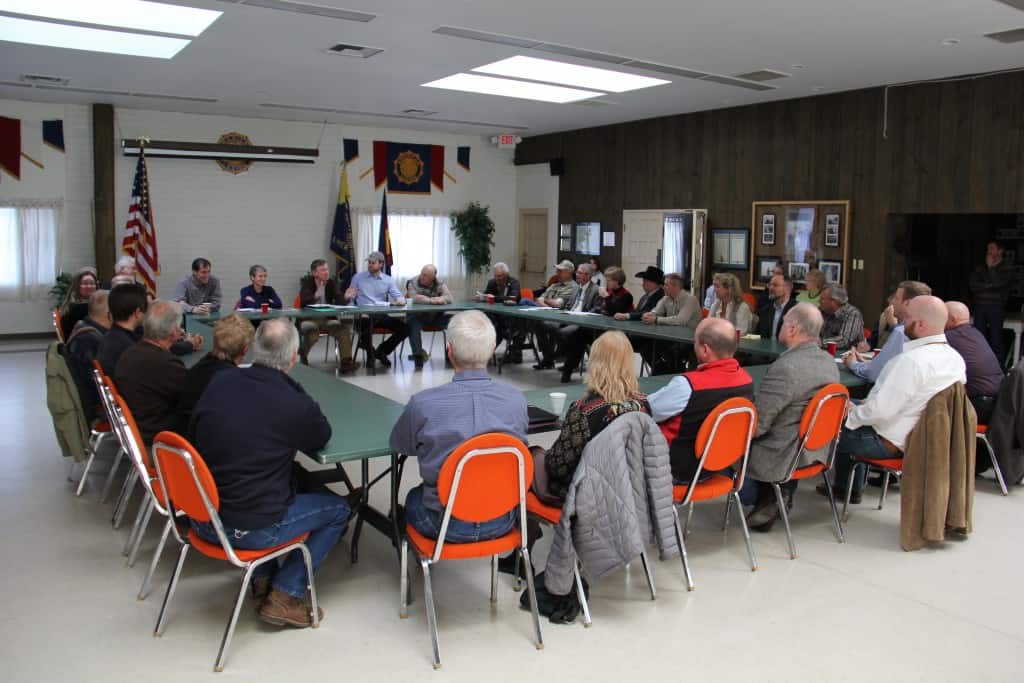While the wisdom of Congress prevents the U. S. Fish and Wildlife from saying so, the agency’s draft of the decision to not list the greater sage grouse under ESA states:
“The Federal Plans establish mandatory constraints and were established after notice and comment and review under the National Environmental Policy Act (NEPA). Therefore, changes to the Federal Plans would require additional notice and comment and further analysis under NEPA. All future management authorizations and actions undertaken within the planning area must conform to the Federal Plans, thereby providing reasonable certainty that the plans will be implemented.”
In 2010, the FWS had found that sage grouse were warranted for listing, in part because of the lack of adequate regulatory mechanisms. The new draft concludes now that, “regulatory mechanisms provided by Federal and three State plans (those with the greatest regulatory certainty) reduce threats on approximately 90 percent of the breeding habitat across the species’ range.” This was a determining factor in reaching the “not warranted” conclusion this time.
Success? Officials in Idaho and Nevada and some mining companies sued the federal government over new restrictions on mining, energy development and grazing that are intended to protect the sage grouse.
Idaho Gov. C.L. “Butch” Otter said Friday that federal officials wrongly ignored local efforts to protect the bird, leading him to sue in U.S. District Court in Washington, D.C. “We didn’t want a (threatened or endangered) listing, but in many ways these administrative rules are worse,” the Republican governor said in a statement. A similar lawsuit was filed in Nevada by an attorney for two counties and some mining companies.
If these plaintiffs are successful in rescinding the federal plan amendments, the decision to not list the sage grouse would probably no longer be justified (state plans are much more voluntary), and it shouldn’t take the FWS too long to rewrite their conclusion. But I guess that is what the commodity interests want.


